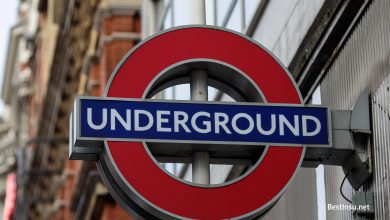Sipping on Traditions: A Voyage Through British Tea Culture

As the morning fog lazily retreats from the picturesque landscapes of Britain, a nation awakens not with the jarring clamour of alarm clocks, but the harmonious chorus of kettles whistling their readiness to kick-start the day. Welcome to a realm where the iconic Big Ben is not the only measure of time — here flows an endless stream of tea, marking the moments and filling the gaps of an ordinary day with extraordinary bursts of tranquillity. This is a place where traditions are not merely tales passed down through generations, but everyday rituals lived and loved, cup after cup. In this article, we embark on a captivating voyage through the quintessentially British tea culture. We’ll share a fascinating tale that’s as much about people and society as it is about a beloved beverage. From Earl Grey’s morning brew to afternoon tea with its baked scones and finger sandwiches, let’s unfurl the steaming narrative of British tea culture. Fasten your teacup saucer and get ready to take a deep dip into the world where ‘sipping on traditions’ is a way of life.
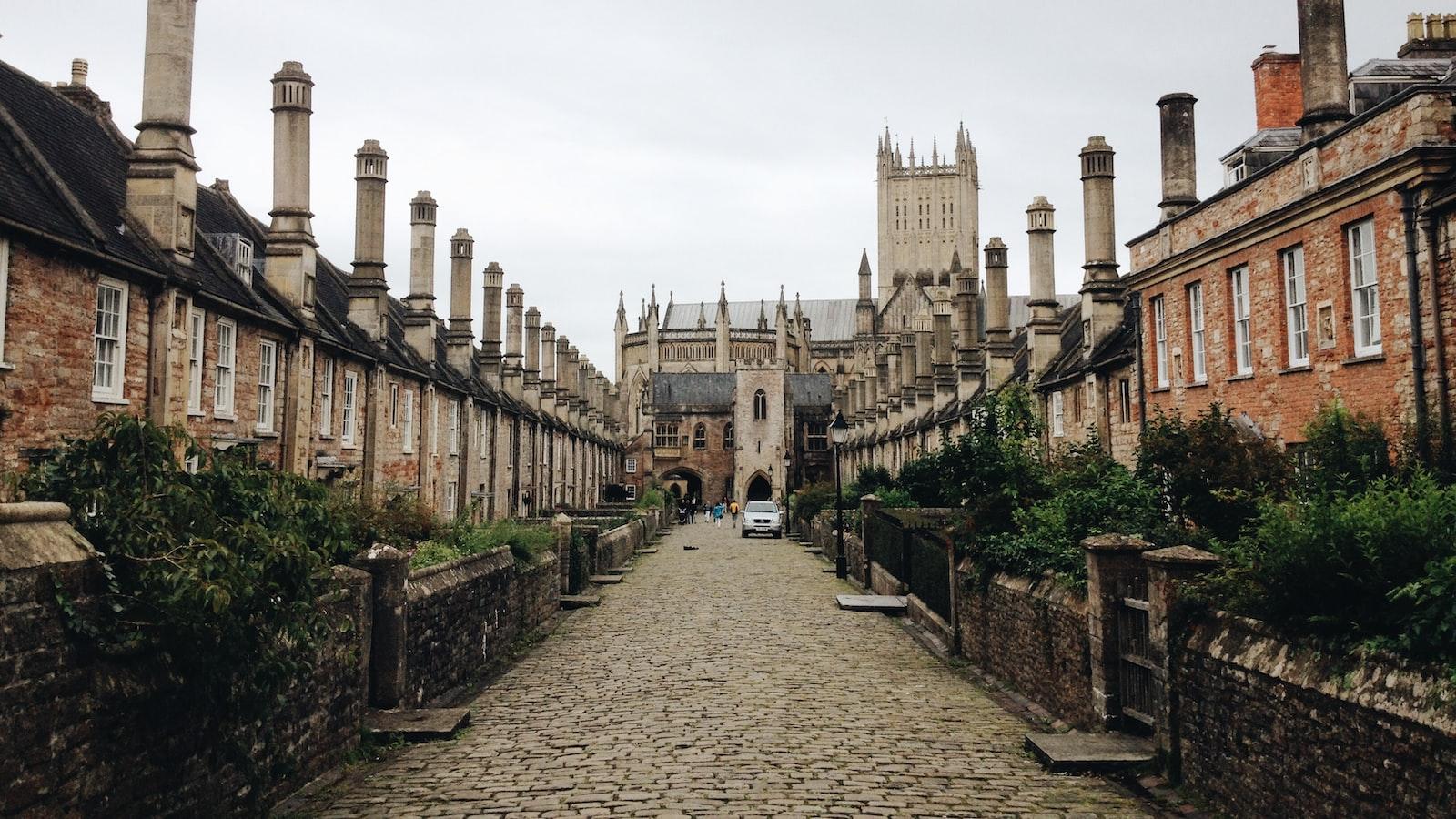
Steeped in History: Tracing the Roots of Britain’s Tea Obsession
Unbeknownst to many, the British love affair with tea began with Catherine of Braganza, the Portuguese wife of King Charles II. After arriving in England in 1662, she brought with her the habit of drinking tea, which was then an expensive, luxury item. The court quickly picked up the fashionable drink and, as if set off by a kettle’s whistle, the nation’s tea obsession began to brew. As the saying goes, so much of life can be traced back to a singular moment, and for the British, that moment is steeped in the fragrant infusion of tea leaves.
By the 18th century, tea was a staple of every British household. The aristocracy sipped it from fine porcelain, while artisans clutched mugs of it to sustain them through long hours. The drink soon began to dominate daily rhythms. Afternoon became synonymous with ‘tea time’ – a mealtime unto itself accompanied by scones, sandwiches and pastries. It was during this time the iconic twinings emerged as a household name, featuring world-renowned blends and helping to orchestrate the melody of British life that is fondly referred to as the ‘tea ritual’.
| Period | Tea Influence |
|---|---|
| 1660s | Tea is introduced, becomes high-end luxury. |
| 18th century | Tea becomes staple, afternoon ‘tea time’ ritual emerges. |
| 1720 | Twinings established, paving way for commercial tea market. |
No matter the social class or the time of day, tea permeates the fabric of British society. It is a social binder, a comforter in times of stress, and an emblem of hospitality. The ‘cuppa’, as it is affectionately called, has transitioned from royal luxury to everyday necessity, becoming an integral thread of the nation’s social tapestry. The British tea obsession is more than a love for a beverage — it is a tale brewed in history, shaping traditions, norms, and even historical events.
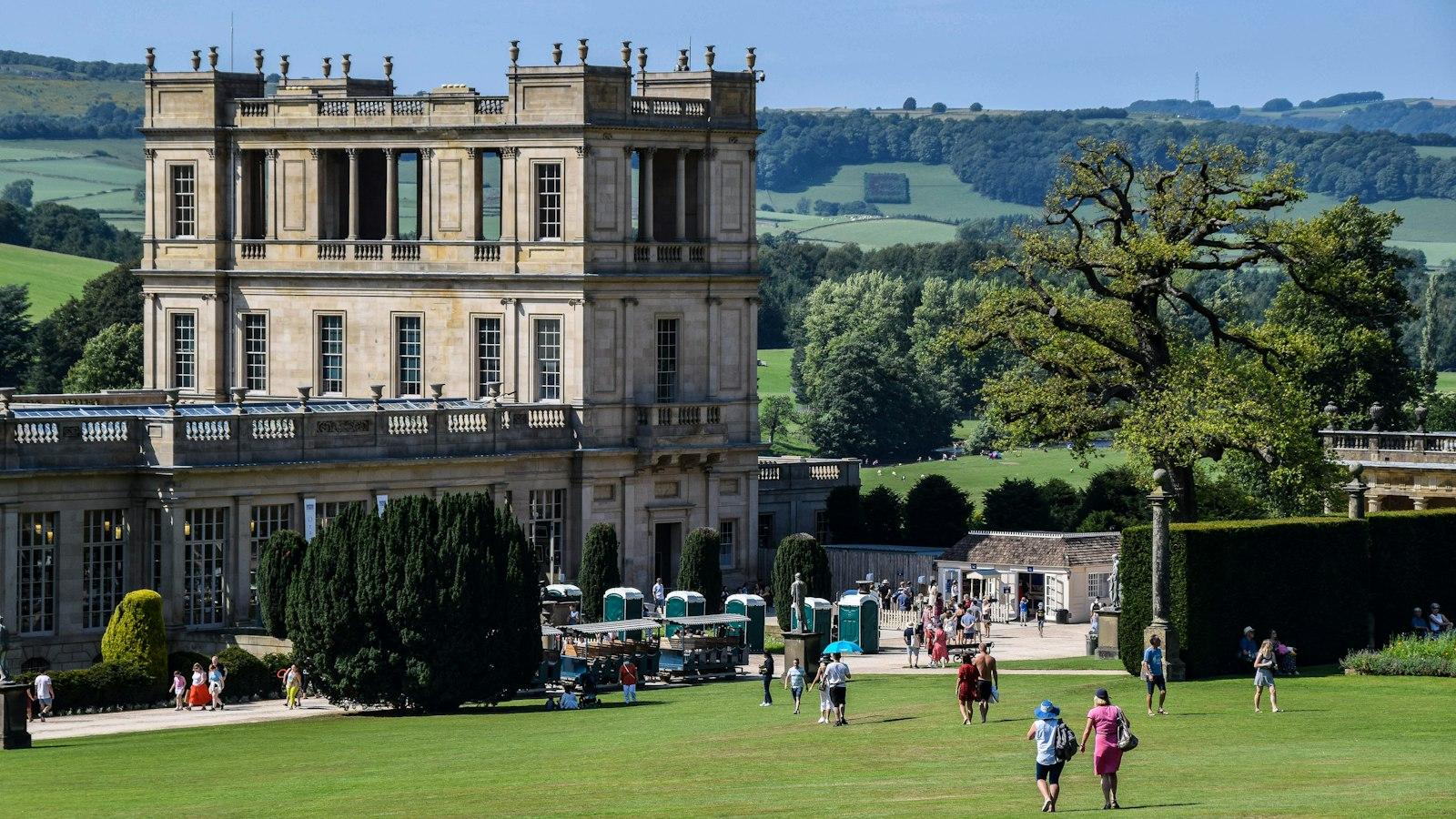
Beyond Earl Grey: Exploring Britain’s Diverse Tea Varieties
Britain’s tea culture stretches far and wide, extending beyond the world-famous Earl Grey. To truly understand the depth of this nation’s love for tea, we must embark on a journey across the different varieties, steeped in tradition and history. There are myriad other flavours that have graced the tea tables of the British for centuries, each with its own unique taste and aroma. Among them are Assam, a strong, malty blend from Northeast India, and Darjeeling, a delicate, aromatic tea known as the ‘Champagne of Teas’, both of which found their way into British hearts and teapots during the height of the British Empire’s rule in India.
Take a sip of English Breakfast Tea; a strong, robust blend that, despite its name, is enjoyed throughout the day. This tea often blends together black teas from Kenya, Malawi, and Assam. Next, savour the unique flavours of Yorkshire Tea. This iconic blend is synonymous with the North of England, where traditional water is typically harder. To reflect this, Yorkshire Tea is a stronger blend of teas from Africa and India, intended to create a brew that is intensely refreshing and palate-cleansing.
| Type | Description |
|---|---|
| Assam | Strong, malty blend from Northeast India |
| Darjeeling | Delicate, aromatic blend also known as the ‘Champagne of Teas’ |
| English Breakfast Tea | A strong, robust blend of black teas that is enjoyed throughout the day |
| Yorkshire Tea | A strong blend of teas from Africa and India, crafted to match hard Northern water |
Step into the world of herbal teas where you’ll find refreshing Peppermint, soothing Camomile, and the decadent Rooibos. Each of these herbal options offers a departure from traditional caffeinated teas, instead offering a variety of health benefits and unique flavours to delight the palate. Whether you’re a long-time tea enthusiast searching for new experiences or a curious newcomer looking to explore Britain’s tea culture, these varieties represent a tapestry of tastes to explore. In every comforting cup, you’re partaking in an age-old tradition that’s as quintessentially British as the Queen herself.

The Ceremonial Art of Afternoon Tea: A Quintessentially British Ritual
Immersing oneself in a classic British afternoon tea is akin to taking a sublime journey through time. Today, this cultural gem also offers a quaint and comforting respite from our hectic, fast-paced world. Driven by a love for nuanced flavors, historical prominence, and ceremonial appeal, this quintessential British pastime enthralls enthusiasts worldwide.
Having a cuppa in the afternoon in the United Kingdom is not merely a light meal sandwiched between lunch and dinner. It is an exquisite occasion for enjoying the pastry artistry, engaging in fulfilling conversations, and practicing the art of relaxation. It is essentially an event characterized by delectable diminutive sandwiches, freshly baked scones adorned with clotted cream and jam, and a variety of irresistible pastries and cakes.
-
- Diminutive Sandwiches: Usually filled with fish, egg, meat or cucumber.
-
- Scones: A traditional British pastry, which is usually baked in the oven and often resemble a cake.
-
- Pastries and Cakes: May include traditional British cakes like Victoria Sponge Cake and various types of pastries.
“Innovation in tradition”, quite poetically encapsulates the modern variations in the afternoon tea rituals. From Themed Afternoon Teas to vegan and gluten-free options, the experiences are more diverse than ever. These delightful dimensions add newer layers to the centuries-old tea tradition, ensuring its enduring charm.
| Classic Afternoon Tea | Themed Afternoon Tea |
|---|---|
| Focuses on traditional ingredients and recipes. | Focuses on unique and innovative adaptations. |
| Served in most tea rooms and luxury hotels. | Served in select places offering a niche experience. |
| Examples: Cream Tea and Duchess Anna’s Tea. | Examples: Mad Hatter Tea, Literary Tea, Vegan Tea. |
Every aspect of the British tea tradition, from the preparation of the teas to the presentation of the food, is steeped in history and customs. These have transcended the realm of the elite, reaching across different cultures and nations, making it an intriguing subject matter for aficionados of tea, food, culture, and history alike. Much like a well-steeped cup of tea, it is the nuance and depth of flavours that make the British tea culture so enchanting.
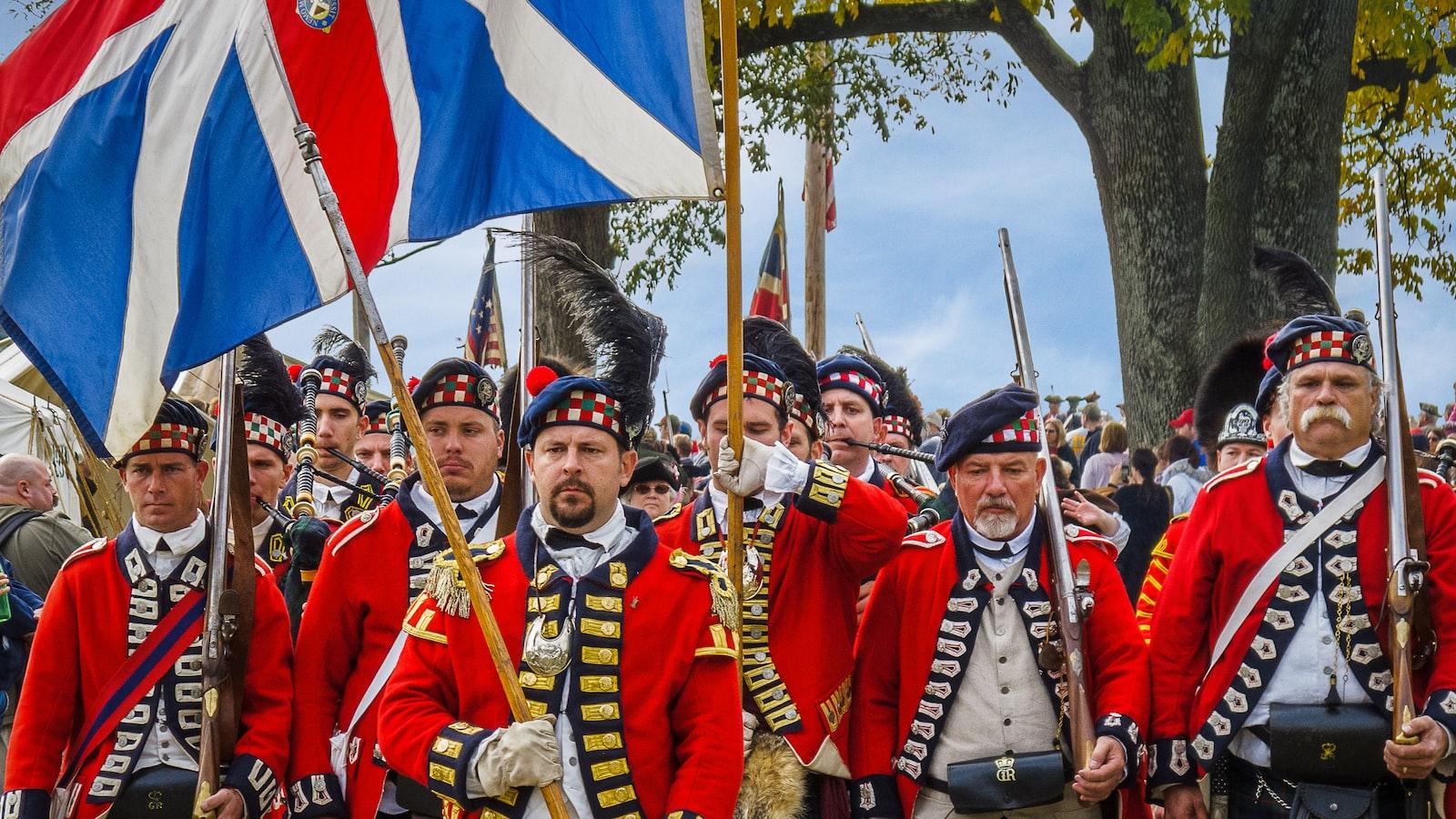
Adding Milk or Lemon? Navigating British Tea Etiquette
To truly savour British tea, one must understand the subtle nuances surrounding its prep and enjoyment. Traditionally, tea is served with milk, sans lemon. The reason behind this is purely scientific; lemon juice curdles milk and spoils the flavour. However, the order of adding milk has been a subject of debate among British tea circles for an age, aptly named the ‘Milk-First’ or ‘Tea-First’ discourse. ‘Milk-First’ advocates argue that pouring milk in the cup first prevents the hot tea from cracking fine china, while ‘Tea-First’ loyalists believe that milk should be added after the tea to control the amount of milk and ensure the perfect brew.
-
- Pointing the teapot spout away from a guest is considered bad manners.
-
- Never slurp your tea; it should be quietly sipped.
-
- No more than six people should be seated at a tea table; any more, and the host is required to employ a footman or butler.
Fancy pairing your tea with a slice of lemon? Ensure the tea doesn’t have milk in it. The acidic lemon juice will curdle the milk, leaving an unpalatable concoction in your cup. Furthermore, when adding a lemon slice to your tea, refrain from using a knife or fork to fish it out of your cup – that’s a faux pas according to British tea etiquette. Instead, allow the lemon slice to remain in your cup. Finally, remember to pour your tea first before adding the lemon.
| Tea Name | Milk | Lemon |
| Earl Grey | No | Yes |
| English Breakfast | Yes | No |
| Chamomile | No | Yes |
This simple table shows a general guideline of what accompaniments are typically served with some popular British tea varieties. So now, brimming with British tea knowledge, release your inner Briton and embrace an authentic tea sipping experience.
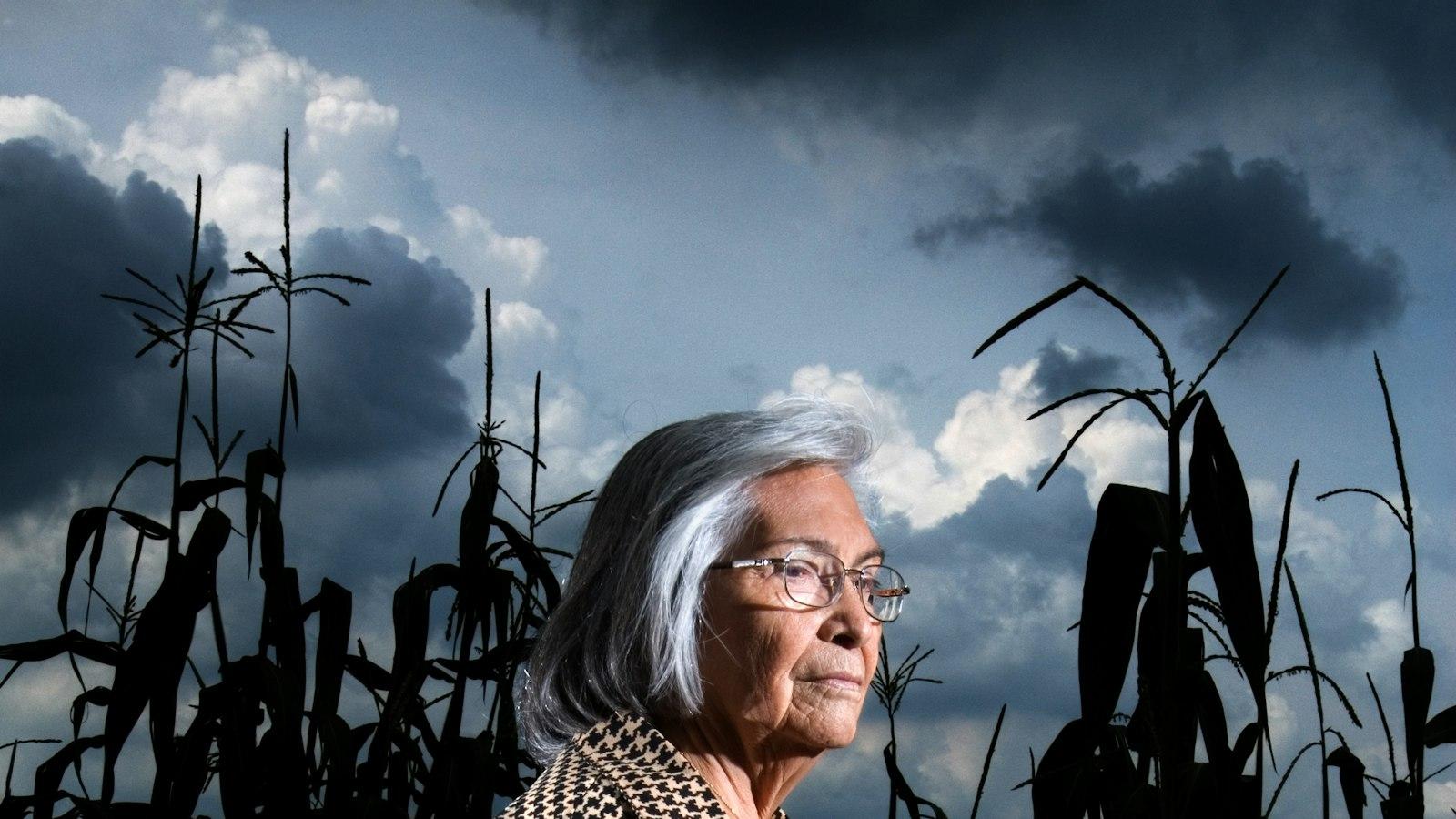
From Plantation to Porcelain: Discovering British Tea Ware
In the realm of afternoon tea, the British have made an art of it, weaving an intricate tableau of both plants and pottery. The tea plant, Camellia sinensis, thrives in tropical and subtropical climates. Its tender leaves are plucked, processed, and shipped across the globe. Yet the journey from plantation to porcelain captured British heartlands not solely due to the stimulant qualities of this exotic drink, but also the artistic inventiveness that unfolded around it. The genteel act of sipping this brew brought forth a delightful ensemble of tea ware that reflects the quintessence of British style and aesthetics.
Over the centuries, British tea ware has transformed from practical containers to symbolize wealth, taste, and style. In the seventeenth century, tea was an expensive commodity, enjoyed by the upper echelons of society. It was often sipped from small, handle-less bowls reminiscent of Chinese porcelain. As the price of tea dropped and its popularity grew, the design of tea ware evolved too. Here’s a brief history of transformation:
-
- 17th Century: Small, handle-less bowls
-
- 18th Century: Tea pots made of porcelain with painted motifs
-
- Mid-18th Century: Bone china and the introduction of tea cups with handles
-
- 19th Century: Showy Victorian-era patterns and shapes
-
- 20th Century: Functionality blends with aesthetics, leading to modern design elements
Intriguingly, the material of the tea ware was believed to influence the taste of tea. For instance, sterling silver teapots were famous in the 18th and 19th century as it was thought they provided a more crisp taste. Earthenware was preferred by some who believed it gave a more earthy, rich tang to the brew. For tableware enthusiasts or those with an eye for timeless elegance and understated grace, here’s a snapshot of different materials used over time:
| Material | Period | Popularity |
|---|---|---|
| Porcelain | 17th – 18th Century | High |
| Sterling Silver | 18th - 19th Century | Medium |
| Earthenware | 19th Century – Present | Low – Medium |
| Bone China | 19th Century – Present | High |
Tea and the vessels it’s savored from have left a lasting impact on British social customs, traditions, and design aesthetics. This journey from the plantation to the teacup is as interesting and varied as the British landscape itself. Whether sipping builders’ brew from a chunky mug or oolong from a delicate porcelain teacup, the voyage of British tea and its ware continues to be an emblem of the country’s legacy and style.
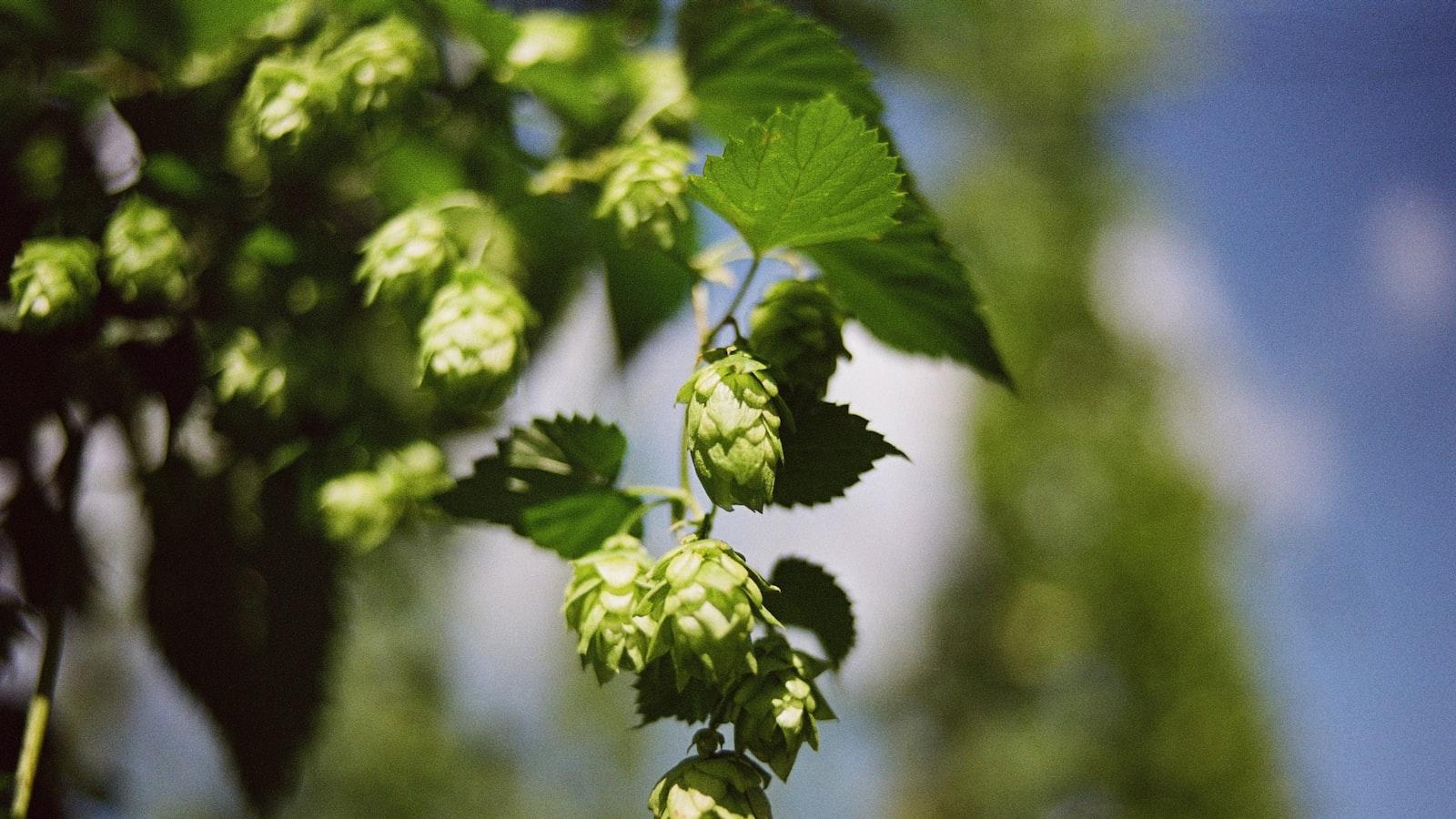
Making the Perfect Brew: Top British Teas You Must Sample
Tea is more than just a hot beverage in Britain; it’s a symbol of their heritage, a time-honoured tradition, enshrined in the hearts of every Brit. Echoing with intriguing stories of ancient trade routes, imperial glamour and wartime resilience, British tea culture evokes a sense of nostalgia and comfort. Looking to immerse yourself in this age-old tradition? We recommend sampling these quintessentially British teas.
-
- English Breakfast: A beloved classic, this robust tea is a blend of Kenyan, Ceylon, and Assam black teas. Invigorating, full-bodied, and an ideal companion to a hearty English breakfast.
-
- Earl Grey: Delicately infused with the oil of bergamot orange, it boasts a distinctive citrus character and a fragrant aroma. A perfect afternoon treat!
-
- Yorkshire Tea: A special blend of Assam and African teas, this brew carries strong malty flavours and is cherished for its rich, deep colour.
-
- Assam: Grown in the Indian region of Assam, this tea is bold with a rich, malty flavour and a warm reddish-brown hue.
Tea brewing may seem simple, yet achieving the perfect brew involves a meticulous process that defines the quality and flavour of these British classics. Not to worry, here’s a quick guide to brewing these magnificent concoctions:
| Tea Type | Brewing Time | Temperature |
|---|---|---|
| English Breakfast | 4-5 Minutes | 100°C |
| Earl Grey | 2-3 Minutes | 85-90°C |
| Yorkshire Tea | 4-6 Minutes | 100°C |
| Assam | 4-5 Minutes | 100°C |
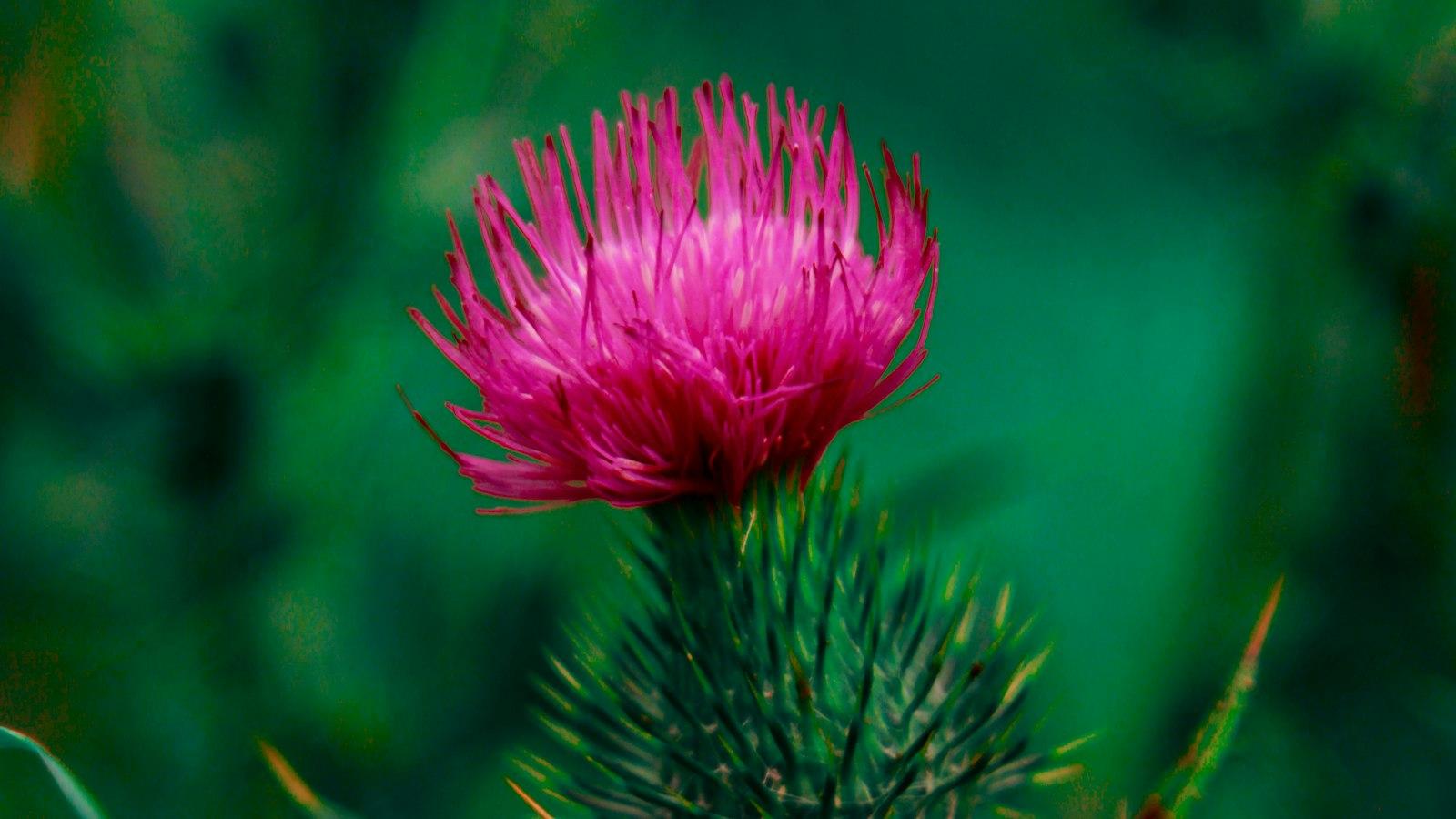
Regal Respite: The Best Traditional Tea Rooms to Visit in Britain
Begin your journey through British tea culture with The Tea Room in scenic Cornwall. Let yourself be enchanted by the tearoom’s vintage charm, replete with white-washed walls, antique furniture, and rural kitchenware. Feel the history seep through the cracked china and handmade lace curtains as you sip on an exquisite selection of loose-leaf teas, from classic Earl Grey and Assam to rare artisanal blends.
Discover real nostalgia at Miss Marple’s Tearoom in the quaint village of Sassafras. Hark back to the days of Miss Marple herself, with tearoom’s quintessential British dressing, shelves lined with preserves, and rich fruitcakes just like grandmamma used to make. There’s an amazing range of traditional British teas not to mention a wide selection of cakes, scones, and sausage rolls. Betty’s Tea Room in Harrogate is an essential tea-drinking destination. Here, you can relish tea in true Edwardian style, think polished silverware, gorgeous china teapots, and waitresses in period dress. Enjoy homemade cakes, sandwiches, and pastries in a stunning interior that blends a Swiss chalet’s charm with Yorkshire hospitality.
| Tearoom | Location | House Speciality |
|---|---|---|
| The Tea Room | Cornwall | Artisanal Blends |
| Miss Marple’s Tearoom | Sassafras | Rich fruitcakes |
| Betty’s Tea Room | Harrogate | Yorkshire Hospitality |
To Wrap It Up
As the seconds glide past ten in the morning or slip past four in the afternoon, take a pause filled with the warmth of a steaming cup of tea, and embrace the time-honoured British tradition. Imagine the clatter of porcelain, the aroma of freshly steeped leaves, the delicate scones, the chatter in the tearoom, and the silent catharsis of sipping each unique blend. Britain’s tea culture is more diverse and rich than meets the eye, as it marries particular attributes of the nation’s history, character, and preferences within its humble leaves. Through each sip, one embarks on a journey - a voyage that sails from the bustling streets of colonial London, to Victorian tearooms, to contemporary metropolitan cafes, preserving the traditions and shifting tastes of this story-drunk nation. After all, tea is not just a beverage in Britain; it is a symphony of culture, history, tradition, and taste unfolding rhythmically in one’s teacup. It’s Britain itself, in all its intricate layers and remarkable resilience, distilled into a distinguished brew. So, whether you prefer a robust English Breakfast, a delicate Earl Grey, or an invigorating peppermint, start the kettle, steep, pour, and sip on! The voyage across British tea culture is indeed a nectarous adventure for all tea enthusiasts. Cheers, or shall we say, “Bottom’s up”!


